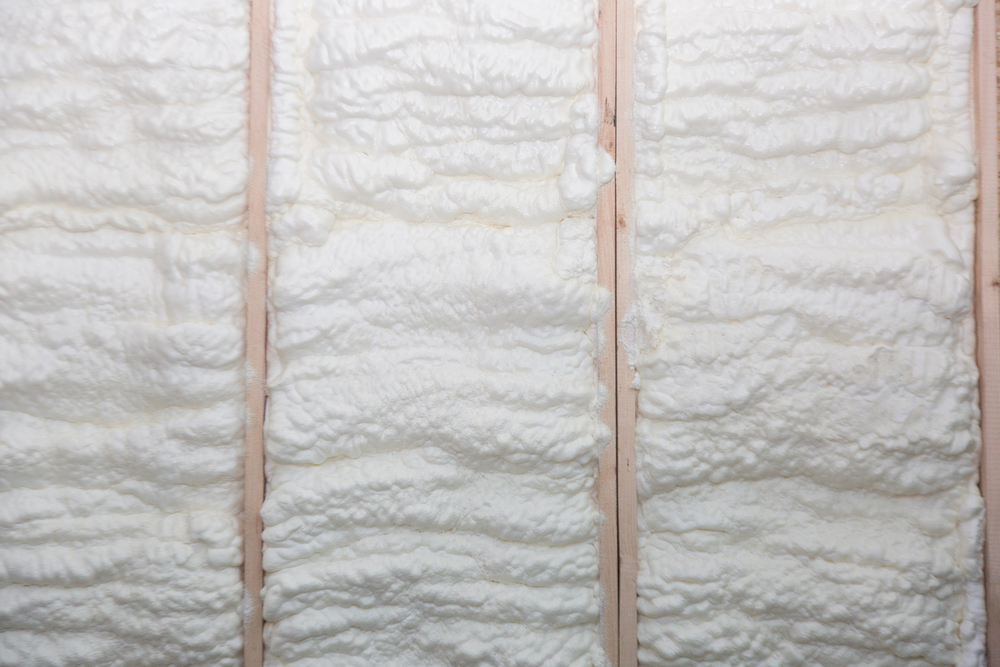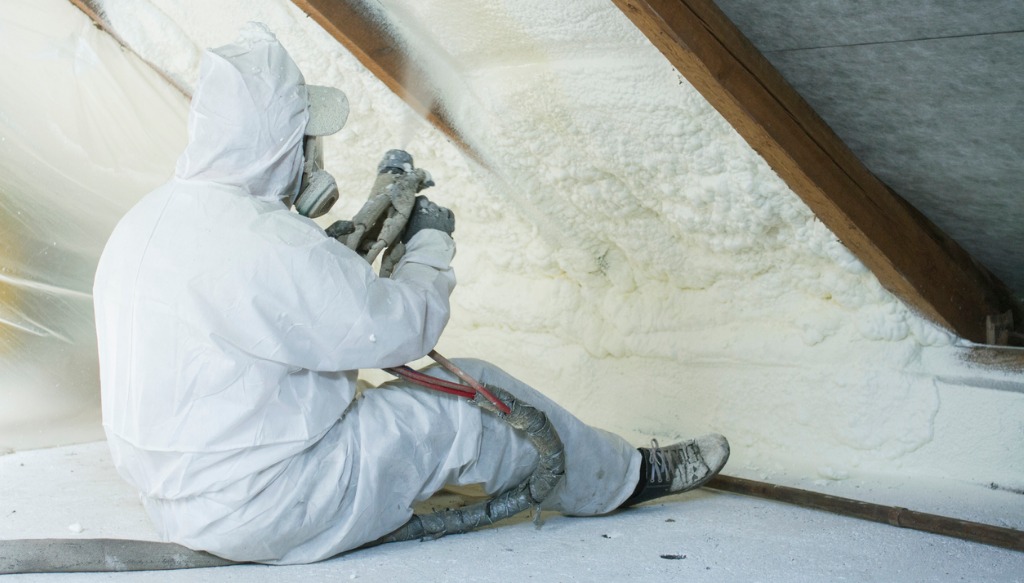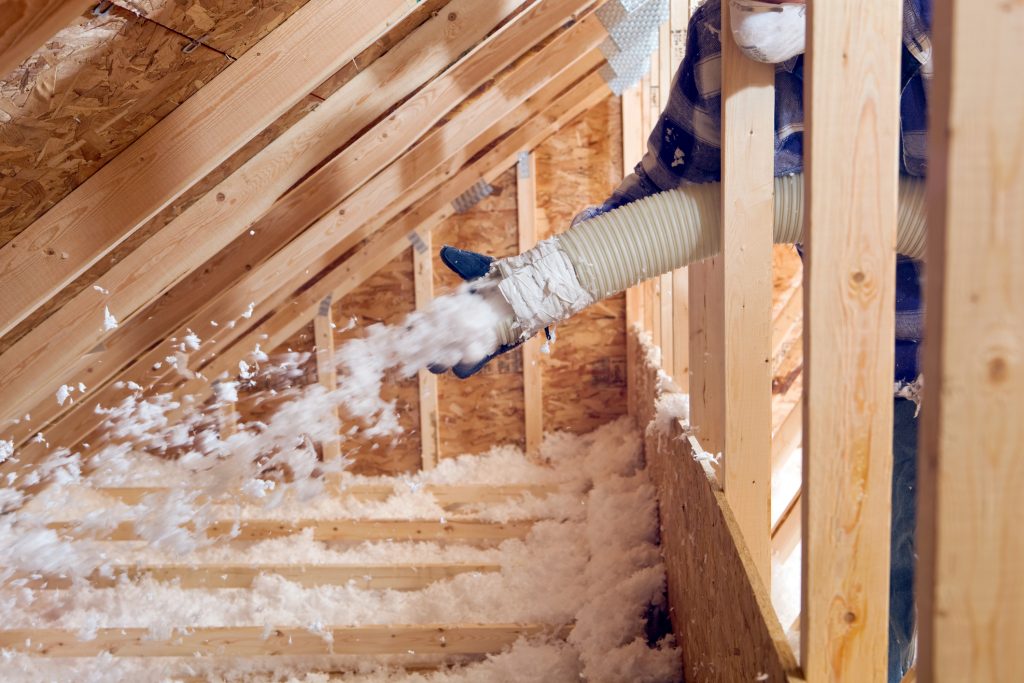Soundproofing an apartment can offer a multitude of benefits, enhancing the quality of life for its occupants. Whether you live in a bustling city or a noisy neighborhood, soundproofing measures can significantly reduce the amount of unwanted noise that enters your living space. Here are several key benefits of soundproofing an apartment:
- Noise reduction: The primary advantage of soundproofing is the significant reduction of external noise. This is particularly beneficial if your apartment is located near busy roads, construction sites, or other sources of noise pollution. Soundproofing materials and techniques can effectively block or absorb external sounds, allowing you to enjoy a peaceful and quiet living environment.
- Increased privacy: Soundproofing measures also enhance privacy within an apartment. It minimises the transmission of sound between rooms, preventing conversations, activities, or other sounds from being easily heard by neighbours or other residents in the building. This can be especially valuable if you have thin walls or live in close proximity to others.
- Better sleep quality: A quiet sleeping environment is essential for restful sleep and overall well-being. Soundproofing an apartment can create a tranquil bedroom by reducing noise disturbances, such as traffic, sirens, or neighbors’ activities. By minimising disruptions, you can enjoy deeper, uninterrupted sleep and wake up feeling refreshed.
- Improved concentration and productivity: Unwanted noise can be highly distracting, particularly when you need to focus on work, study, or other tasks. Soundproofing your apartment can create a more conducive environment for concentration, allowing you to stay focused and be more productive. This is particularly important for remote workers, students, or individuals who engage in creative pursuits.
- Enhanced entertainment experience: If you enjoy watching movies, listening to music, or playing instruments, soundproofing can significantly enhance your entertainment experience. It prevents sound leakage, both from within your apartment and from outside sources, ensuring that you can fully immerse yourself in the audio without disturbing others or being disturbed by external noise.
- Stress reduction: Living in a noisy environment can contribute to increased stress levels and impact overall well-being. Soundproofing measures can help create a peaceful oasis within your apartment, reducing stress and promoting relaxation. By minimising unwanted noise, you can create a more harmonious living space where you can unwind, meditate, or engage in activities that promote tranquility.
- Increased property value: Soundproofing improvements can add value to your apartment and make it more appealing to potential buyers or renters. Soundproofed spaces are often in high demand, as they offer a desirable living environment. Additionally, soundproofing measures can also enhance the overall insulation of your apartment, improving energy efficiency and reducing utility costs.
While soundproofing an entire apartment may require a combination of techniques, such as using sound-absorbing materials, sealing gaps, or adding acoustic panels, the benefits far outweigh the investment. Whether you seek peace and quiet, privacy, improved sleep, or increased productivity, soundproofing can transform your apartment into a more comfortable and enjoyable living space.



